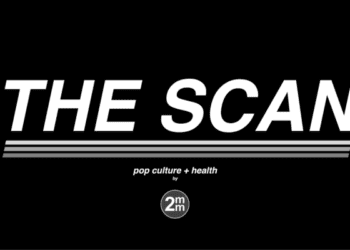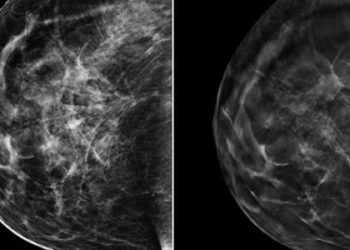Alternative Dose Regimens of Exemestane in Postmenopausal Women with Breast Cancer
1. Through the reduction in serum estradiol, there was noninferiority between the 3-times-weekly vs once-daily dosage among compliant participants (PP analysis), but this was not shown in the ITT analysis.
2. There was no statistical difference between 3-times-weekly vs once-daily dosage with regards to other endpoints including other sex hormones, lipids, biomarkers, or adverse events.
Evidence Rating Level: 1 (Excellent)
Study Rundown: Exemestane, a steroidal aromatase inhibitor (AI), has been shown to have greater efficacy than tamoxifen in preventing breast cancer in postmenopausal women. Adverse events and nonadherence to AIs however remain concerns for preventative therapy. This study was a randomized clinical trial that evaluated alternative dosing schedules of exemestane and their efficacy and safety profiles. Primary outcomes included serum estradiol (through solid-phase extraction), and secondary outcomes included serum estradiol (through liquid phase extraction) other circulating sex hormones, biomarkers like Ki-67, lipids, and adverse events. This study had both intention-to-treat (ITT) and per-protocol (PP) analysis. It was found that serum estradiol was reduced by −89%, −85%, and −60% in the once-daily, 3-times-weekly, and once-weekly arms, respectively in the ITT analysis and there were reductions of −91%, −92%, and −69%, respectively in the PP analysis. While there was no statistically significant noninferiority in estradiol percentage between once-daily and 3-times-weekly arms in the ITT analysis, there was a significant noninferiority in the PP analysis, with a difference of only 2.0% (P for noninferiority = .02) which indicated noninferiority between the 3-times-weekly vs once-daily dosage among compliant participants. There were no statistical differences in biomarkers (Ki-67 or PgR), adverse events, or for other sex hormones other than a dose response seen for sex hormone binding globulin. There was an HDL cholesterol reduction seen with the daily dosage compared to a minimal effect with the 2 lower-dose regimens. The strengths of this study include incorporating both ITT and PP analysis, and its limitations included the short treatment exposure. Overall exemestane given 3-times-weekly was found to show noninferiority compared to daily dosing, but only for compliant participants.
Click to read the study in JAMA Oncol
In-Depth [randomized controlled trial]: This international, presurgical, 3-arm, double-blind, noninferiority phase 2b trial randomized women into exemestane 25mg daily (55 participants), 3 times a week (56), or weekly (60) for 4-6 weeks prior to surgery. Participants were stratified by center and by BMI. Blood samples were collected at baseline and prior to surgery. There was a −6% noninferiority limit, which was based on expert opinion. In the ITT analysis, reduction in serum estradiol was −89%, −85%, and −60% in the once-daily, 3-times-weekly, and once-weekly arms, respectively and in the PP analysis, it was −91%, −92%, and −69%, respectively. The difference in estradiol percentage between once-daily and 3-times-weekly arms was −3.6% in the ITT analysis (P for noninferiority = .37), whereas in the PP analysis it was 2.0% (97.5% lower CI, −5.6%; P for noninferiority = .02) which indicated noninferiority between the 3-times-weekly vs once-daily dosage among compliant participants. Similar estradiol reductions were found in both the solid-phase and liquid phase extractions. There were no statistical differences for other sex hormones including estrone, total estrone, estrone sulfate, androstenedione, or testosterone, but a dose response was seen for sex hormone binding globulin. There was an HDL cholesterol reduction seen with the daily dosage compared to a minimal effect with the 2 lower-dose regimens. There was no statistical change in either the Ki-67 or PgR percentage among the three arms in either analysis (ITT vs PP). There were no statistically significant differences in adverse events between the three groups with 71% of adverse events being grade 1. Overall exemestane given 3-times-weekly was found to show noninferiority compared to daily dosing, but only for compliant participants.
Image: PD
©2023 2 Minute Medicine, Inc. All rights reserved. No works may be reproduced without expressed written consent from 2 Minute Medicine, Inc. Inquire about licensing here. No article should be construed as medical advice and is not intended as such by the authors or by 2 Minute Medicine, Inc.







